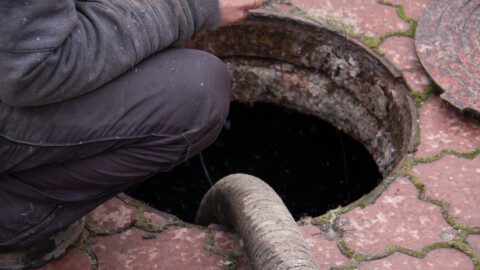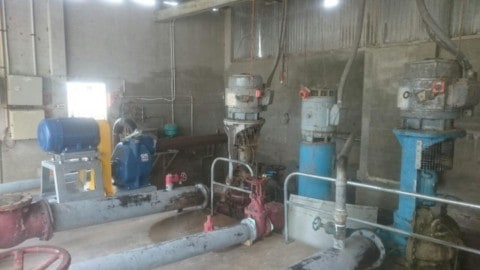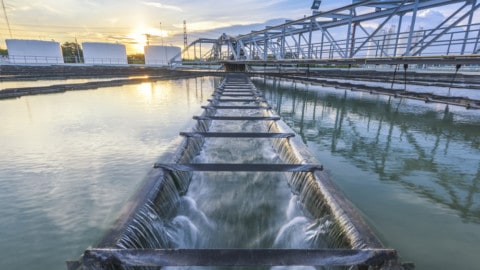Priming the pump readies it for use. A pump’s casing must be filled with fluid before starting. If not, the pump will be unable to function. If vapor or gas exist inside the casing, the pump will become gas bound, and won’t pump. Priming is the action of filling the casing with fluid before start-up.
With the exception of self-priming pumps, no centrifugal pump should ever be started until it is fully primed. That is, until it has been filled with the liquid pumped and all the air contained in the pump has been expelled.
Reciprocating pumps of the piston or plunger type are, in principle, self-priming. However, if quick starting is required, priming connections should be piped to a supply above the pump.
Positive displacement pumps of the rotating type, such as rotary or screw pumps, have clearances that allow the liquid in the pump to drain back to the suction. When pumping low viscosity liquids, the pump may completely dry out when it is idle. In such cases, a foot valve should be used to help keep the pump primed.
Alternatively, a vacuum device may be used to prime the pump. When handling liquids of higher viscosity, foot valves are usually not required because the liquid is retained in the clearances and acts as a seal when the pump is restarted. However, before the initial start of a rotating positive displacement pump, some of the liquid to be pumped should be introduced through the discharge side
of the pump to wet the rotating element.
The various methods and arrangements used for priming pumps are available from Kelair.
Article courtesy of Kelair Pumps Australia “When Pump Knowledge Matters”. Phone: 1300 789 466 or visit www.kelairpumps.com.au.





















